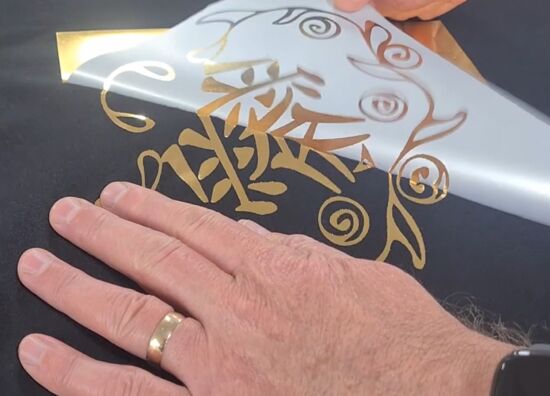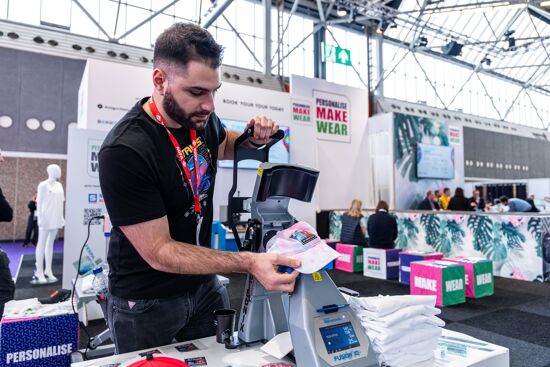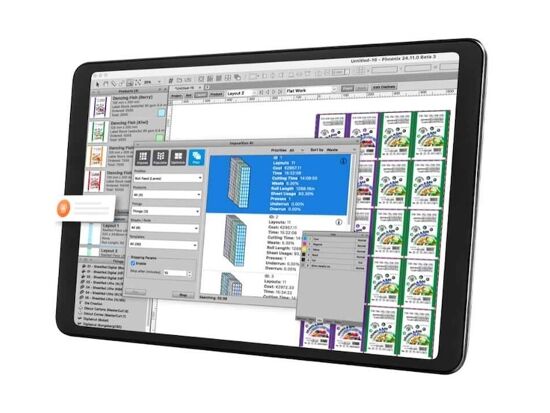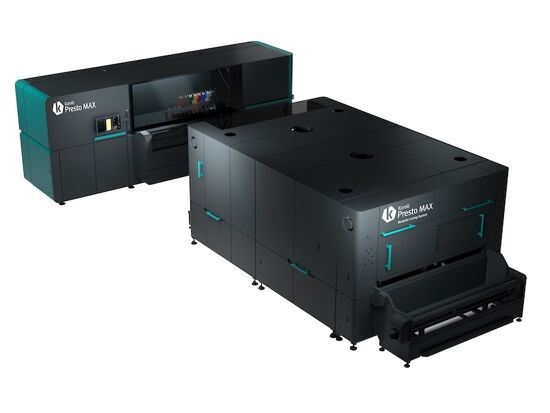The beast that is HP Inc.

Laurel Brunner discusses HP's sustainability programmes including reducing product use GHG emissions by 30% by 2025.
HP Inc is without doubt the biggest player in the graphics industry. The company’s net revenue in 2018 was an impressive $58.3 billion. The R&D spend alone for the year was $1.4 billion. As a founding member of the Verdigris project, we are glad to have HP’s support and glad they can afford it. Support is what environmental impact mitigation is all about, especially now when sustainability and the planet’s health are in crisis. Sustainability efforts from HP, Kodak, Miraclon, Ricoh et al, however are grounded in commercial reality: if the planet crashes and burns, there is no business, only survival. Therefore, the more investment into developing the foundations for circular, low carbon economies, the better. It makes good sound business sense, both in the near future and long term.
Sustainability initiatives are all about driving change and about creating new expectations amongst business owners and their customers. Big brands are already pushing the graphics industry to shape up, and major vendors in the graphics business are taking steps to support environmentally friendly production models.
For HP it seems to be working. Sustainable impact programmes such as reducing product use GHG emissions by 30% compared to 2015 by 2025 contributed over $900 million in new revenues in 2018, up by 35% compared to 2017. By 2025, 30% of printing systems’ hardware and supplies will be recycled plastics. At 23% of its target, HP Inc is already well on the way to achieving it. The amount of recycled plastics in printing products is 4700 tonnes, up by 270% compared to 2017. Rather more impressive for a company so wedded to the cloud is the aim to power global operations with 100% renewable energy by 2035. Cutting energy usage and emissions in supply chains is where much more effort should be focused. The goal is for a 10% cut by 2025, and so far zero percent of the target has been reached.
HP is also working with publishers to develop viable on demand printing models, which could make a massive difference. A partnership with Elle Magazine, part of the Hachette stable, is delivering an on demand version of the magazine, with the covers printed on 100% recycled materials and the body pages on paper with 30% recycled content. The HP Piazzo project, matching publishers to print service providers, should be a good platform for improved sustainability in publishing. And for the printing industry the HP strategy is to help make commercial print cash flows more predictable with clearer returns on investment.
Sustainability is about protecting the environment, but it is also about protecting a company’s top and bottom lines, including those of one’s customers. More big players in the graphics industry should recognise this, and then we might make even more progress.
This article was produced by the Verdigris Project, an industry initiative intended to raise awareness of print’s positive environmental impact. This weekly commentary helps printing companies keep up to date with environmental standards, and how environmentally friendly business management can help improve their bottom lines. Verdigris is supported by the following companies: Agfa Graphics, EFI, Fespa, HP, Kodak, Kornit, Ricoh, Spindrift, Splash PR, Unity Publishing and Xeikon.
Topics
Interested in joining our community?
Enquire today about joining your local FESPA Association or FESPA Direct
Recent news

Special Effects in DTF Will Make Your “Prints” More Memorable
The DTF market is expanding with new vendors and innovations like multi-head printers enabling diverse ink options (spot, neon). Decorative films offer streamlined special effects. Keypoint Intelligence tested metallic and glitter films, noting varied ease of use and wash durability. New technology using adhesive and foil directly promises further creative advancements in DTF.

SmartHub – Expectations, opportunities and why you should attend!
The SmartHub at Personalisation Experience 2025 in Berlin will showcase personalisation and smart production opportunities across industries like textiles. Featuring a Smart Factory Trail with brands like Inkcups and Trotec, and a conference with experts discussing AI, mass customisation, and profit strategies, it offers insights into reducing waste and boosting efficiency through digital methods. Panel sessions will explore growth, automation in textiles, and smart manufacturing.

How is AI revolutionising Large Format Print?
Nessan Clearly discusses how AI in print relies on data pattern matching, already enhancing software for large format providers. He predicts that this will result in increased AI integration in workflow planning, job queue management, colour correction, image upscaling, and predictive maintenance via sensors and vision systems, ultimately streamlining operations and offering greater flexibility.

One Ink for All? Exploring Pigment in Textile Printing
Digital textile printing faces complexity due to diverse substrates requiring specific inks. The industry seeks a universal ink, with pigment ink showing potential. While traditionally for natural fibres, advancements aim to broaden its application, simplify processes by reducing pre/post-treatment, and improve sustainability, though challenges like hand feel on garments remain.